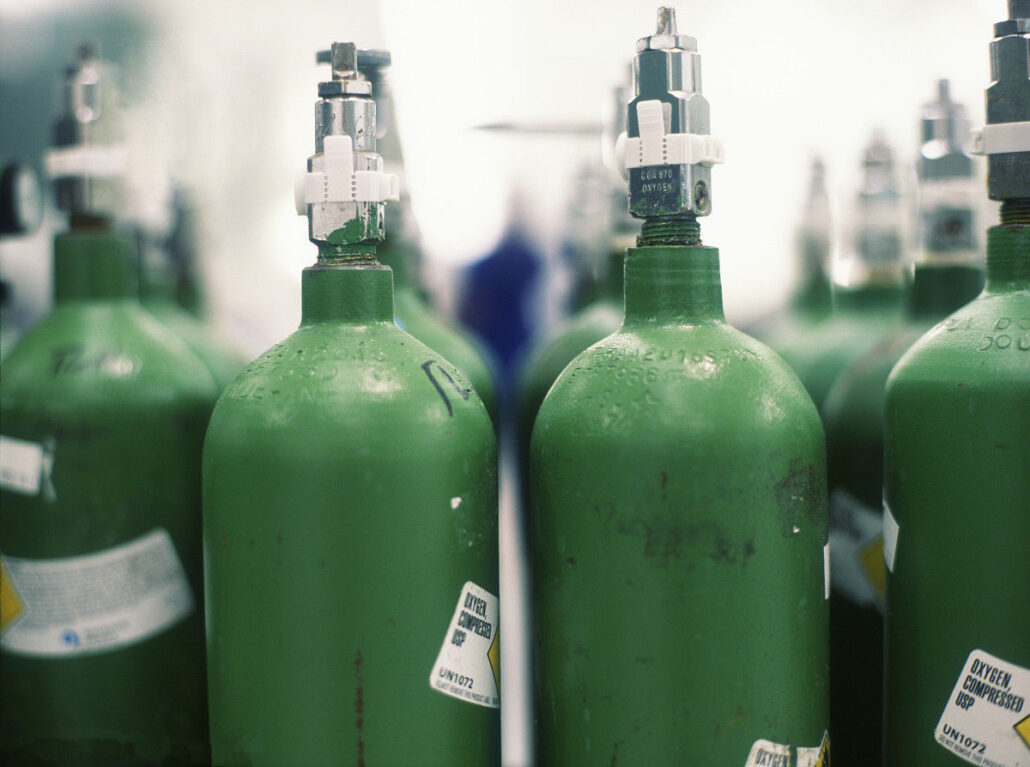Projects
How to Choose Auxiliary Gas for Laser Pipe Cutting Machine?
The laser pipe cutting machine uses auxiliary gas during the cutting process. It can not only blow away the slag in the cutting seam, but also cool the surface of the processed object, reduce the heat affected zone, cool the focusing lens, and prevent smoke from entering. Contamination of the lens in the lens holder causes the lens to overheat. So what auxiliary gas can be used for laser pipe cutting machines? Let’s take a look at what auxiliary gas is used when cutting different materials.

1. Air
The air itself exists in large quantities. It only needs to be compressed by an air compressor into an air storage tank, and then filtered, cooled and dried before it can be used. The main cost is electricity and equipment maintenance. The cost is much lower than other gases. It is usually used in situations where the chopping board is not thick and the end requirements are not high. Can be used for carbon steel, stainless steel, aluminum, copper, galvanized and other materials. It should be noted that those who use air cutting regularly must maintain the air compressor and cold dryer on time to ensure that the air quality is clean, oil-free and water-free. Otherwise, the air in the pipe cutting machine may be unclean and affect the cutting quality.
2. Oxygen
The function of oxygen is to support combustion, undergo an oxidation reaction with the cutting metal, and release a large amount of oxidation heat. In addition, the gas at a certain pressure will blow away the oxides and slag, forming a cut in the metal. Suitable for carbon steel cutting, stainless steel aluminum plate thick plate cutting, high-speed cutting and other plate cutting. The cut end surface will turn black or dark yellow. Its disadvantage is that the cutting speed of thin plates is slow and it is easy to over-burn when cutting sharp corners.
3. Nitrogen
Nitrogen is an inert gas that can prevent oxidation reactions during the cutting process and use its high pressure to blow away the molten material, so a brighter section can be obtained. Suitable for cutting stainless steel, electroplated steel plates, brass, aluminum and aluminum alloys and other metals. The disadvantages are high gas cost and slow cutting speed of thick plates.
4. Argon gas
Argon is also an inert gas that can prevent oxidation and nitridation of the cutting surface of the product. For high-demand front-cut products, users may choose to expose them to nitrogen without treatment. The main applicable materials are titanium and titanium alloys. The disadvantage is that the price is higher, which will increase the cost accordingly, so this auxiliary gas is less used. You can refer to the above content for what kind of auxiliary gas to use when cutting with a laser pipe cutting machine. The thickness and material of the cutting material all determine the pressure and flow rate of the auxiliary gas. If there is anything unclear during use, we can also consult the laser pipe cutting machine manufacturer to ensure the normal operation of the equipment and improve product processing efficiency.
Users can refer to the above content for which auxiliary gas should be used when cutting with a laser pipe cutting machine. The thickness and material of the cutting material determine the pressure and flow rate of the auxiliary gas.



































